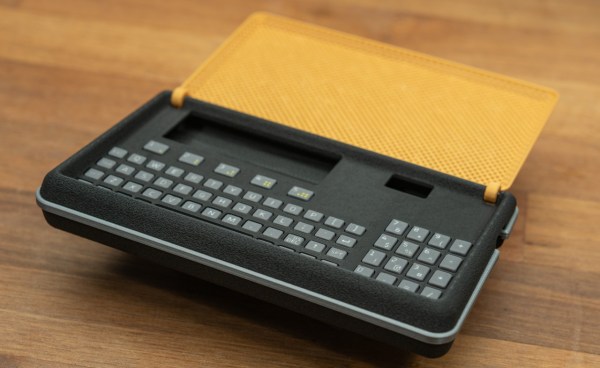Join Hackaday Editors Elliot Williams and Tom Nardi as they go over their picks for the best stories and hacks from the previous week. Things start off with a warning about the long-term viability of SSD backups, after which the discussion moves onto the limits of 3D printed PLA, the return of the Pebble smart watch, some unconventional aircraft, and an online KiCad schematic repository that has plenty of potential. You’ll also hear about a remarkable conference badge made from e-waste electronic shelf labels, filling 3D prints with foam, and a tiny TV powered by the ESP32. The episode wraps up with our wish for hacker-friendly repair manuals, and an interesting tale of underwater engineering from D-Day.
Check out the links below if you want to follow along, and as always, tell us what you think about this episode in the comments!
As always, this episode is available in DRM-free MP3.




















